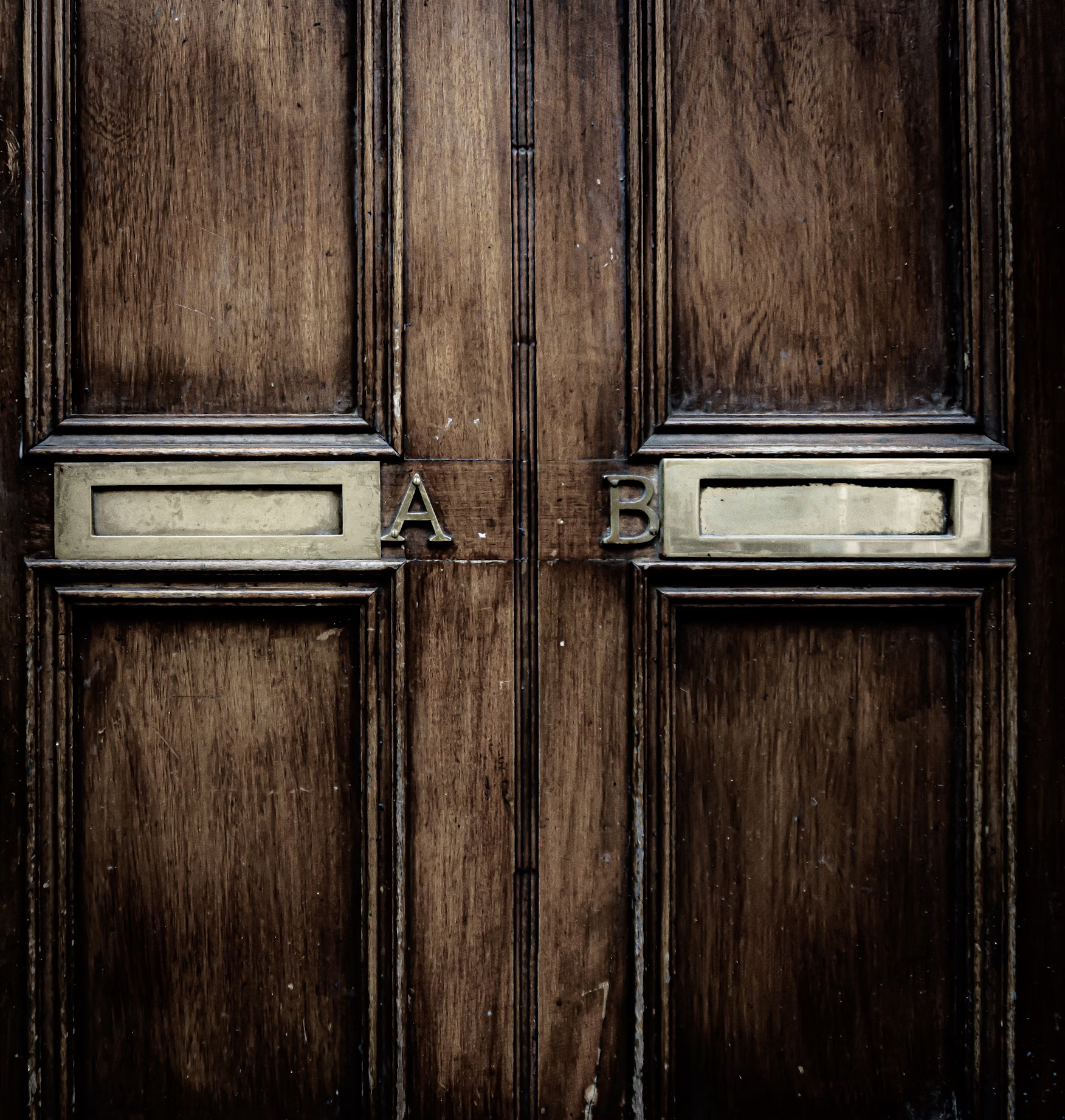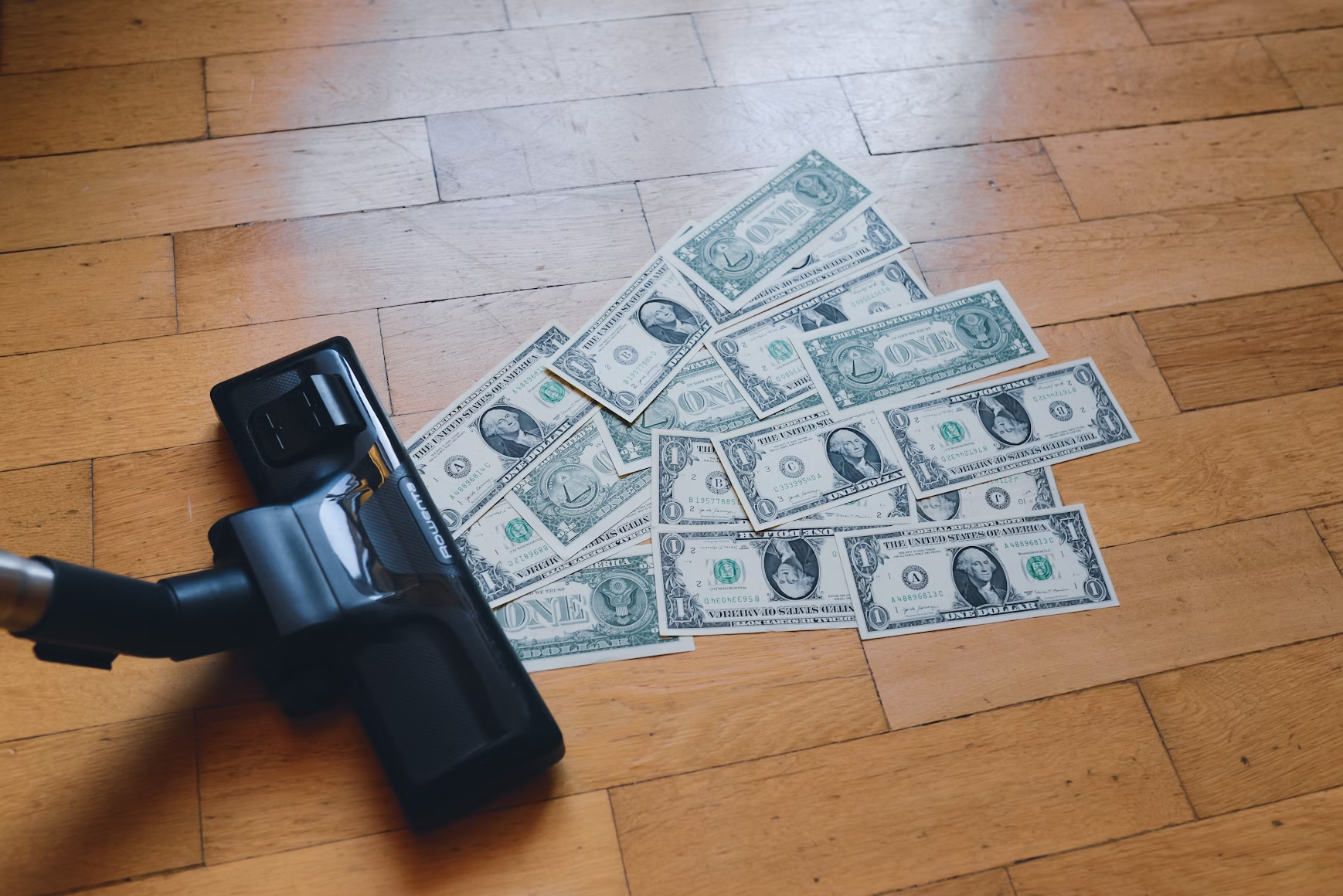
Dziugas Alminas
July 15, 2024
|
3
min read
In today's highly competitive ecommerce environment, a seamless website experience is crucial for converting customers.
However, some website elements can create distractions, causing doubts and hesitation, impacting purchase decisions. Addressing these distractions may easily enhance user experience and boost conversion rates.

This button can divert the customer's focus from completing the purchase. It encourages them to reconsider their cart items, potentially delaying or stopping the transaction. Removing this button can help keep customers on track.

Easily accessible options to remove items can lead to second-guessing and reducing the AOV (Average Order Value). A quantity selector is sufficient for updating or removing products completely. Simplifying these functions can minimize distractions.

Additional navigation options can distract customers from completing the transaction. Minimizing these options helps focus customers on finishing their purchase. Once users enter checkout and have their wallets open, limit their ability to navigate away.
This call-to-action tempts customers to leave the checkout process to browse more. This increases the risk of cart abandonment. Consider removing this CTA from the cart page to encourage customers to complete their purchase.

While discounts are beneficial, a discount code field may lead to customers leaving the site to search for codes. This disrupts the purchase flow. Test having the discount code input only on the checkout page to keep customers focused.
An overly prominent accessibility icon can distract users, though it is essential for inclusive design. Ideally, place it in the footer with a toggle switch. This maintains accessibility without diverting attention.
Gamification elements such as spin-to-win features can divert attention from completing the purchase and may devalue your brand by appearing gimmicky. These features can make your site look less professional and undermine customer trust.
Few customers are genuinely interested in these elements, yet they prominently affect 100% of the traffic. Consider their placement carefully.

Chat icons overlapping the sticky Add to Cart button or other crucial elements hinder the user experience. This can reduce AOV by blocking the quantity selector or the Add to Cart button itself. Move the chat icon to the left above the sticky ATC on PDPs to avoid overlap.
Multiple announcement bars overwhelm and distract customers, making it hard to focus. Screen real estate is valuable, and showing more within the viewport can entice customers to explore products.
Users have already investigated the product and decided to purchase it. This is why it is in the cart. Focus on the next steps rather than revisiting previous ones to keep the purchase process smooth.

Minimizing distractions, especially during checkout, improves customer satisfaction and conversion rates. Optimizing these elements creates a streamlined shopping experience, encouraging customers to complete their purchases without interruptions.

Dziugas Alminas
Head of CRO
Dziugas brings over a decade of experience in website creation and optimization. His expertise includes a strong focus on enhancing the consumer journey, ensuring that users can navigate seamlessly through the website and reach the thank you page effortlessly
Dziugas Alminas





